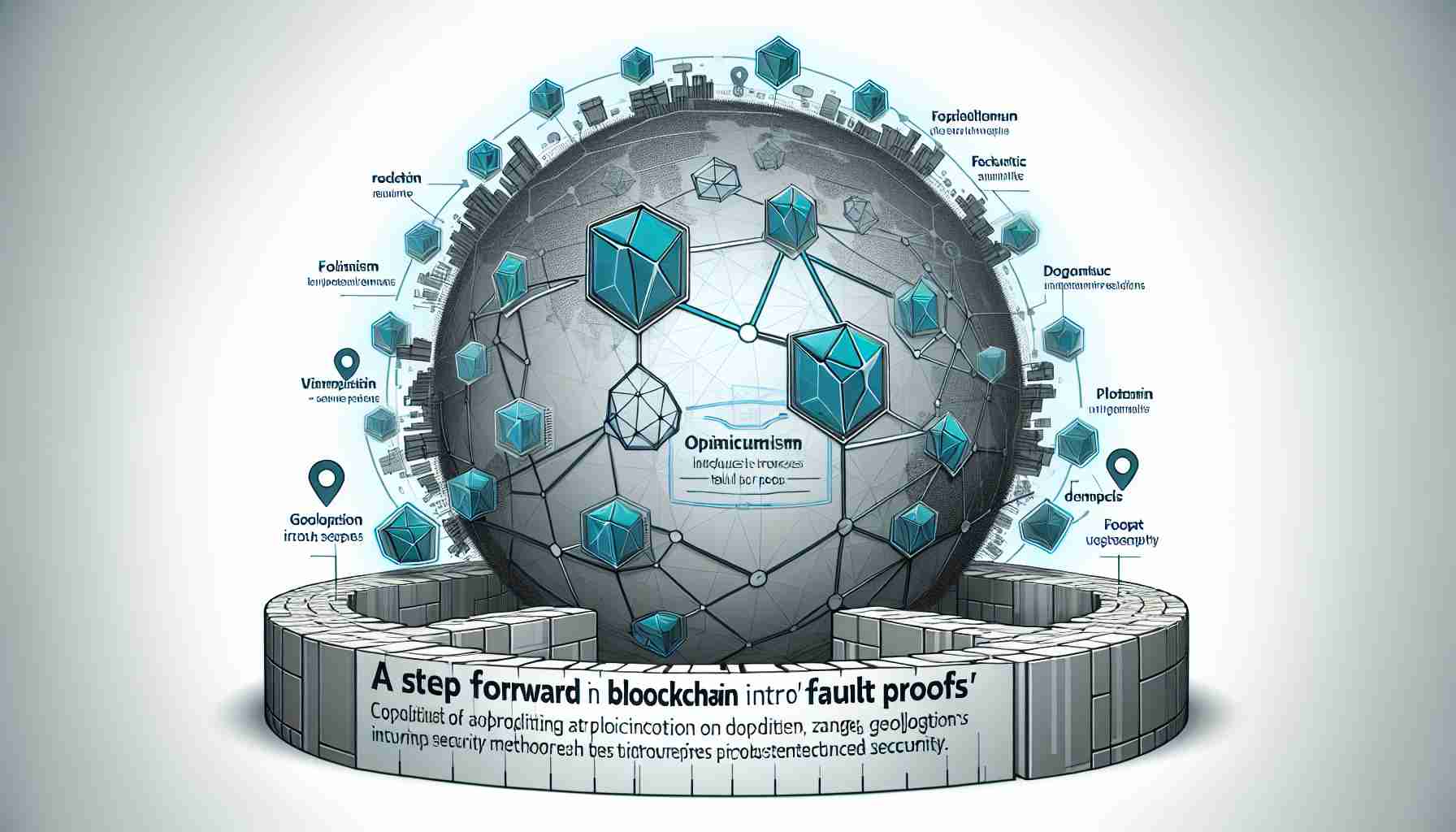Optimism, a leading layer-2 network complementing Ethereum, has made significant strides to enhance security and trust for its users with the introduction of “fault proofs.” This newly implemented technology is poised to fortify the integrity of the network by preventing inaccurate data transmission to Ethereum’s foundational layer.
Fault proofs are designed to ensure the authenticity of transactions by allowing for the verification of transaction data directly on the Ethereum blockchain. This approach prioritizes the trustworthiness of Ethereum’s network over Optimism’s internal mechanisms for recording transactions and enabling withdrawals.
The launch of fault proofs on the Optimism mainnet marks a crucial development for the layer-2 solution, especially after enduring criticism for lagging behind competitors such as Arbitrum in adopting such security protocols. The Optimism community, including developers and users, anticipates that this update will rectify past shortcomings and reinforce the network’s security posture.
The implementation of fault proofs is a milestone for the network and introduces what Optimism refers to as “Stage 1 decentralization.” The system will still benefit from the oversight of a Security Council as a safeguard, but the end goal is to achieve “Stage 2 decentralization,” where the network can operate independently of such an overseeing body.
As Optimism integrates these enhancements, sister chains utilizing Optimism’s OP Stack will also be eligible for the upgrade. This includes popular projects like the Coinbase-developed Base blockchain, which, alongside other OP Stack networks, has already demonstrated a high total value locked, surpassing that of Optimism’s mainnet.
This development represents not only a technical advancement but also a commitment to fostering a secure and efficient environment for blockchain transactions, ultimately benefiting the broader ecosystem.
The implementation of fault proofs by Optimism is part of a growing trend in the blockchain community towards increasing the security and scalability of decentralized systems. Fault proofs allow for the confirmation of transaction validity before finalizing them on the Ethereum mainnet, thus offering an additional layer of security to ensure the authenticity of transactions. This strengthens the bridge between Optimism and Ethereum, adding an extra safeguard against incorrect or fraudulent transactions slipping through.
Advantages:
1. Enhanced Security: With fault proofs, Optimism can provide a more secure network that minimizes the risk of invalid transactions being recorded on Ethereum.
2. Increased Trust: By relying on Ethereum’s layer-1 security, Optimism enhances its credibility and trustworthiness in the eyes of users and developers.
3. Further Decentralization: Moving towards Stage 2 decentralization is in alignment with the ethos of blockchain technology, aiming for a system without reliance on central authorities or overseeing bodies.
Disadvantages:
1. Complexity: The introduction of fault proofs adds complexity to the transaction verification process, which could potentially lead to new challenges or vulnerabilities.
2. Performance Impact: Ensuring additional security measures can sometimes affect the network’s throughput or increase the cost of transactions.
3. Dependence on Ethereum: By building on top of Ethereum and using its network for verification, Optimism is tied to Ethereum’s performance and issues, such as high gas fees during times of congestion.
Key questions regarding this development might include:
– How does the introduction of fault proofs by Optimism compare to similar security measures by other layer-2 solutions?
– What is the expected impact of fault proofs on transaction speed and costs within the Optimism network?
– How will the broader ecosystem, including end-users and developers, be affected by these changes?
As for key challenges or controversies:
– The layer-2 space is highly competitive, with various solutions vying for dominance. The question of whether Optimism’s approach will be robust and scalable enough to outpace competitors remains.
– Some members of the community may question whether reliance on Ethereum’s network could lead to centralization tendencies or other forms of dependency that could counter the decentralization benefits.
– The practical implementation and real-world performance of fault proofs are yet to be fully tested at a large scale, which could reveal unforeseen issues or drawbacks.
For individuals seeking comprehensive information regarding blockchain technology and the broader implications of advancements like those made by Optimism, the following related domains offer valuable insights: Ethereum and Optimism. These websites provide a wealth of knowledge on Ethereum’s infrastructure and Optimism’s latest updates, respectively.



